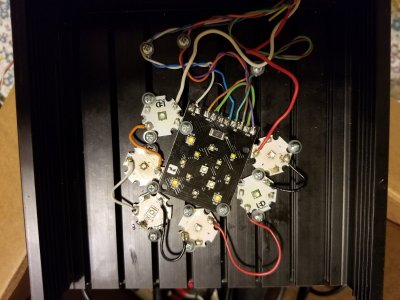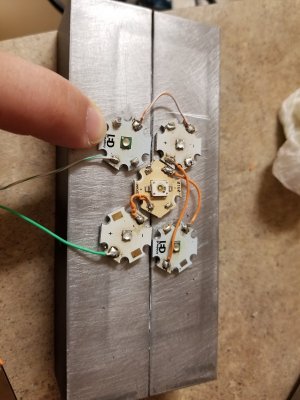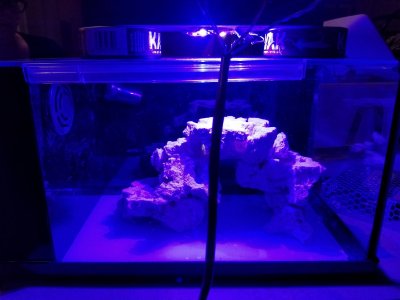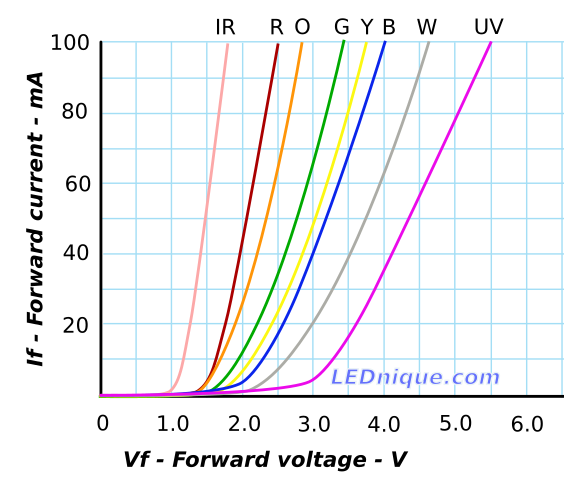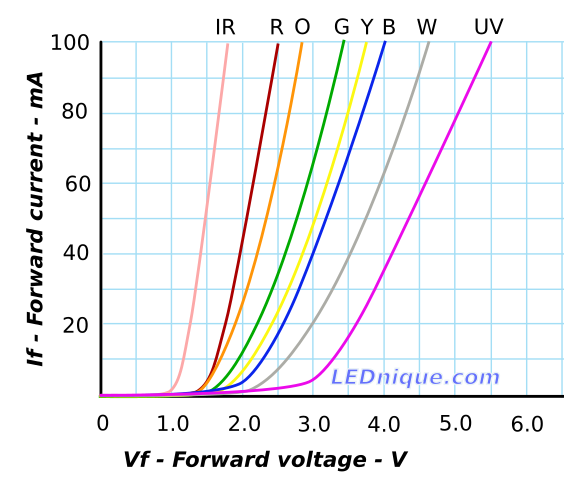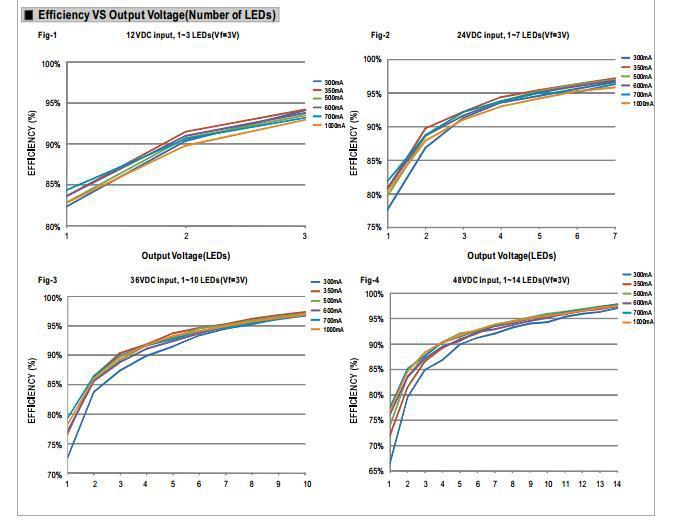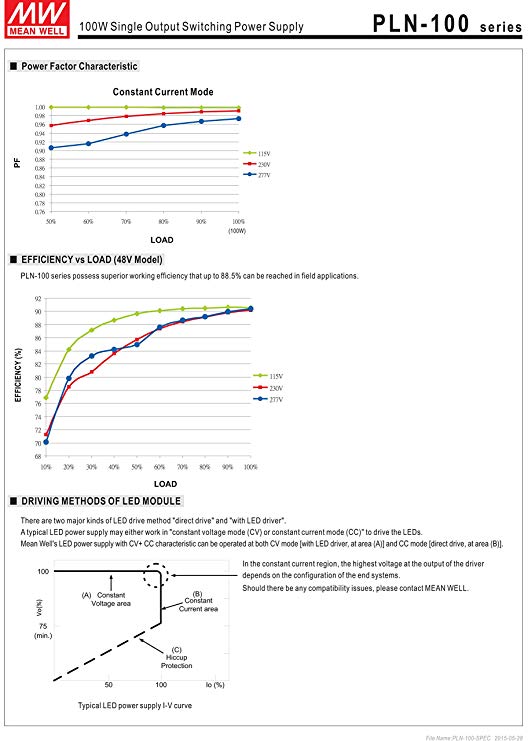- Joined
- Sep 18, 2017
- Messages
- 5,603
- Reaction score
- 3,449
first generate the data set in 5nm increments starting w/ 380.. Doesn't matter where you end
Axis in this case was 380-680
0-1 y axis.
Manually pick points (you can nudge w/ the adjust point.)
you also have a magnifier in the upper right corner of the working window..

view data ..formatting fixed 5 digits and hit format.
Copy to clipboard and paste it into Notepad++
Will need to save it before you can change it btw.
should go in as 2 columns x number of rows..
You will need to clean the data a bit.
All data points need to be like 500, 0.56
Save and import it into Spectra..
4000k Citizens COB:
380,0
385,0
390,0
395,0.009
400,0.012
405,0.012
410,0.015
415,0.02
420,0.038
425,0.074
430,0.137
435,0.24
440,0.4
445,0.622
450,0.904
455,1
460,0.794
465,0.57
470,0.473
475,0.41
480,0.388
485,0.43
490,0.487
495,0.558
500,0.616
505,0.667
510,0.706
515,0.729
520,0.746
525,0.768
530,0.791
535,0.816
540,0.84
545,0.863
550,0.881
555,0.891
560,0.894
565,0.892
570,0.882
575,0.874
580,0.867
585,0.862
590,0.863
595,0.868
600,0.881
605,0.902
610,0.925
615,0.949
620,0.966
625,0.983
630,0.993
635,0.993
640,0.983
645,0.962
650,0.931
655,0.895
660,0.847
665,0.799
670,0.74
675,0.679
680,0.626
685,0.562
690,0.505
695,0.447
700,0.396
705,0.352
710,0.307
715,0.272
720,0.235
725,0.205
730,0.175
735,0.148
740,0.128
745,0.11
750,0.091
755,0.077
760,0.068
765,0.055
770,0.046
775,0.038
780,0.035
Axis in this case was 380-680
0-1 y axis.
Manually pick points (you can nudge w/ the adjust point.)
you also have a magnifier in the upper right corner of the working window..
view data ..formatting fixed 5 digits and hit format.
Copy to clipboard and paste it into Notepad++
Will need to save it before you can change it btw.
should go in as 2 columns x number of rows..
You will need to clean the data a bit.
All data points need to be like 500, 0.56
Save and import it into Spectra..
4000k Citizens COB:
380,0
385,0
390,0
395,0.009
400,0.012
405,0.012
410,0.015
415,0.02
420,0.038
425,0.074
430,0.137
435,0.24
440,0.4
445,0.622
450,0.904
455,1
460,0.794
465,0.57
470,0.473
475,0.41
480,0.388
485,0.43
490,0.487
495,0.558
500,0.616
505,0.667
510,0.706
515,0.729
520,0.746
525,0.768
530,0.791
535,0.816
540,0.84
545,0.863
550,0.881
555,0.891
560,0.894
565,0.892
570,0.882
575,0.874
580,0.867
585,0.862
590,0.863
595,0.868
600,0.881
605,0.902
610,0.925
615,0.949
620,0.966
625,0.983
630,0.993
635,0.993
640,0.983
645,0.962
650,0.931
655,0.895
660,0.847
665,0.799
670,0.74
675,0.679
680,0.626
685,0.562
690,0.505
695,0.447
700,0.396
705,0.352
710,0.307
715,0.272
720,0.235
725,0.205
730,0.175
735,0.148
740,0.128
745,0.11
750,0.091
755,0.077
760,0.068
765,0.055
770,0.046
775,0.038
780,0.035






